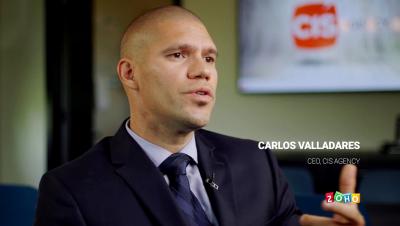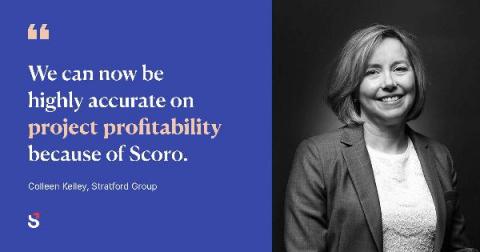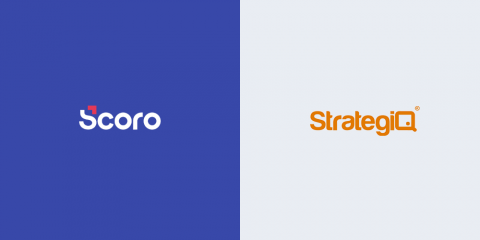Teams | Collaboration | Customer Service | Project Management
Latest Customer Stories
How a Business Intelligence Firm uses OneDesk to manage internal requests from multiple subsidiaries
Services and requests are two concepts that go closely hand in hand. Even for internal requests, once a service is requested, there is a certain level of agreement that must happen between the two parties involved. This is often handled via terms and contracts, but these can be easy to mismanage or lose sight of. In most software used for managing work, these aspects are not captured or part of the workflow.
How ACE incubator uses Miro to power startups
ACE is a university business incubator owned by four academic institutions in Amsterdam. ACE supports early-stage businesses within science and technology founded by students, graduates, professors, and academics from these affiliated institutions. The goal is to solidify their business case, validate all the assumptions, get introduced to the relevant network, and start growing their business.
Q&A: How Vodafone reaps the rewards of work management
At Vodafone, a leading telecommunications company in Europe and Africa, Darragh Cresham, Operations and Technology Manager for Vodafone Business, has taken an agile and innovative approach to work management. By giving teams a single platform to work in rather than scattered apps and ad hoc processes, Darragh has enabled his teams to move swiftly and effectively tackle the challenges that come with complex processes and a dispersed workforce. So how does Vodafone use work management?
How a Web Designer Agency uses OneDesk to centralise their work
Balancing all of a company’s various business needs can be difficult and often results in using a number of different solutions to get the job done. So often these days, a lot of software focuses on fulfilling one specific need, and doing it really well. While this is great in providing consumers with good quality services, it also results in complicated workflows that see users going between multiple products in order to complete a single project.
Interview with Colleen Kelley, President of Management Consulting Firm Stratford Group
Stratford Group is a leading management consulting firm based in Ottawa, Canada. Their goal is simple – help organizations and their leaders grow, improve and transform. As the President of Management Consulting, Colleen Kelley leads the business strategy and operations practice for Stratford Group.
Simplifying complexity: How Guru manages remote teams with Asana
While a company’s headcount might grow person-by-person, its functional complexity grows exponentially. In a team of only 10 people, there are over a thousand possible combinations of working relationships; for a team of 15, there are over thirty thousand. But let’s forget the math. After all, we’re not talking about cracking a safe, we’re talking about working with people. And when we work with people, complexity is about more than a numbers game.
An Internal HelpDesk switches to OneDesk from Freshdesk
In comparing different helpdesk tools and software, there are a number of similarities that start to surface. For one, the concept of a ticketing system overwhelmingly serves as the backbone for such tools. Oftentimes, companies that provide this service focus on building out their helpdesk tool to follow the standard flow of work: a request comes in as a ticket, work begins, and then the work is completed.
StrategiQ Chose Scoro's Work Management Platform to Underpin Growth Ambitions
StrategiQ is a full-service digital marketing agency with 50 employees spread across multiple locations in the UK. Founded in 2013, they’re helping companies connect business objectives with marketing strategies that deliver measurable results. In 2020 Tyler Webb-Harding, StrategiQ’s Operations Director identified a problem – that the teams’ existing project management tools would not scale with the company’s ambitious growth plans.
How a MSP uses OneDesk to optimize their customer support
For managed service providers (MSP), customer support is absolutely core to their business. Where the various services provided may be the main customer-facing offering, without a supporting team to attend to client needs and answer questions, an MSP is sure to face challenges retaining clients. Empowering your customer support team only further serves your business, and one simple way to do that is by introducing a helpdesk and ticketing system.











